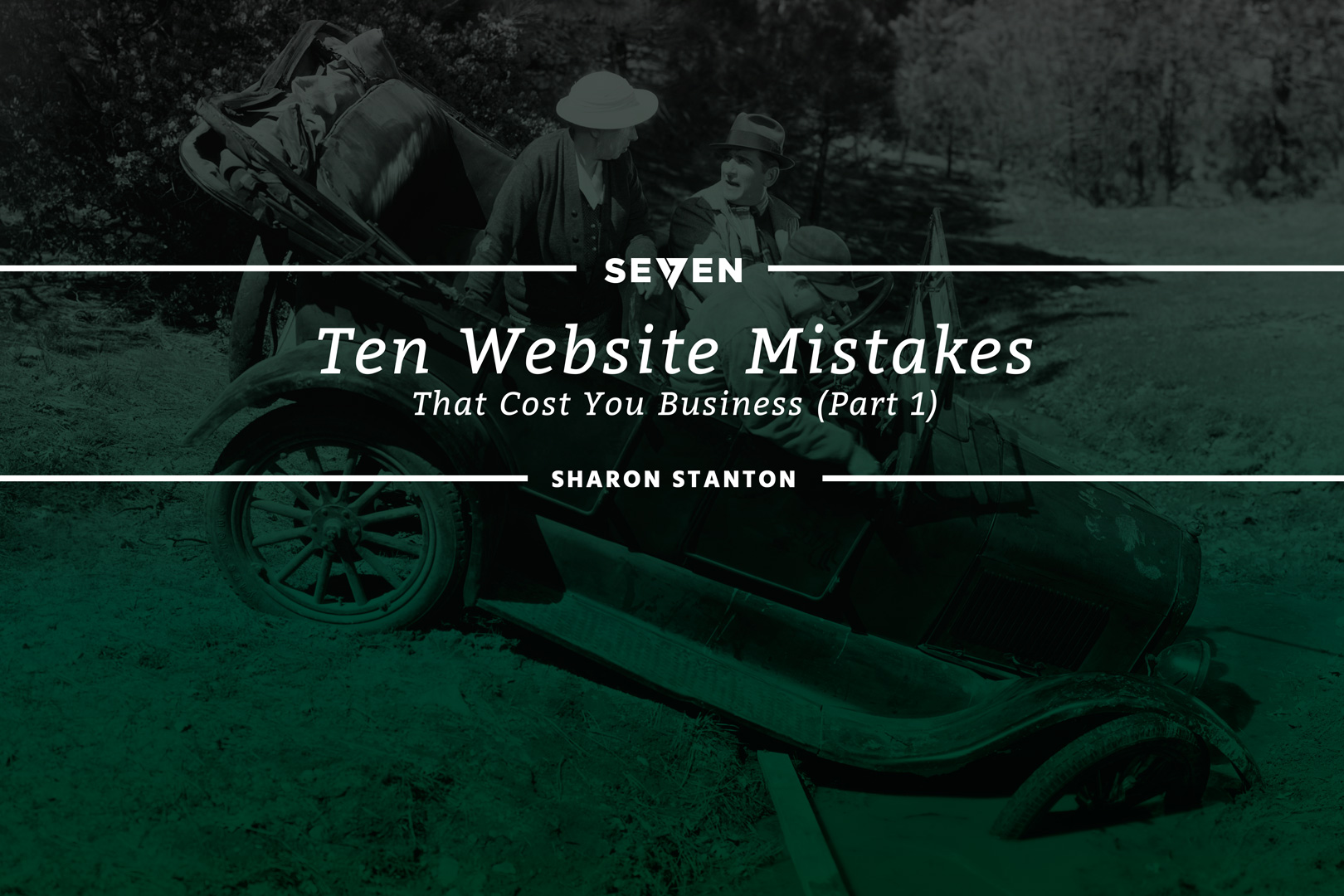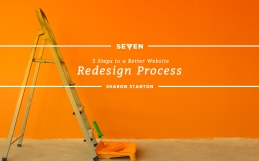In this first of this two-part series, we’ll review five website mistakes that can cost you business.
- A non-responsive site. Your website needs to be responsive (mobile-friendly.) These days, this is no longer an option. The percentage of people using mobile devices to search the internet is steadily rising. If people can’t easily view your website on their device, they are going to go somewhere else. Websites that are not mobile-friendly are also getting dinged by Google, so it is important to have a responsive website.
- An ineffective homepage. Okay, so what does that mean? Your website’s homepage has a big job. It must communicate in a compelling manner who you are, what you do, and how you are different. It needs to invite your customer to engage with you, and provide a clear path to the rest of your website. Check out this helpful list for more details on a great homepage.
- Poor design. This can mean your website is not well laid out and difficult to navigate, or it’s just plain ugly – or both. (Gasp!) Your customers need to find the information they are looking for quickly and easily, which is why user experience is just as critical a component of outstanding design as aesthetics. You must also consider your industry and what service you provide. For example, if you are selling marketing services and your website is an outdated template site full of cliché stock photography, this is not going to help people believe that you know what it takes to create an effective marketing campaign. (Basically, practice what you preach.)
- Spelling and grammar errors. I get it – mistakes can happen to anyone, not matter how rigorous your quality control process is. But minimize this as much as possible. Never be the only one proofreading your own work. Have it reviewed by a second (and third if necessary!) set of eyes.
- Too much information. You know, “TMI?” Most people are not going to read through lines and lines of copy to find the information they are seeking. (See point #3.) That doesn’t mean you can’t include information about your company history, process, product descriptions, etc. (Sometimes those pieces can be necessary and useful, and some people really enjoy reading that information.) What it does mean is that it is best to have your main message front and center, and that longer copy elsewhere in the site. Remember, the goal is to help your customer find the information they need without having to weed through a long drawn-out story because you want to tell it.
Stay tuned next week for the second half of our list. In the meantime, speak up in the comments with your thoughts on this topic!
Related Posts




